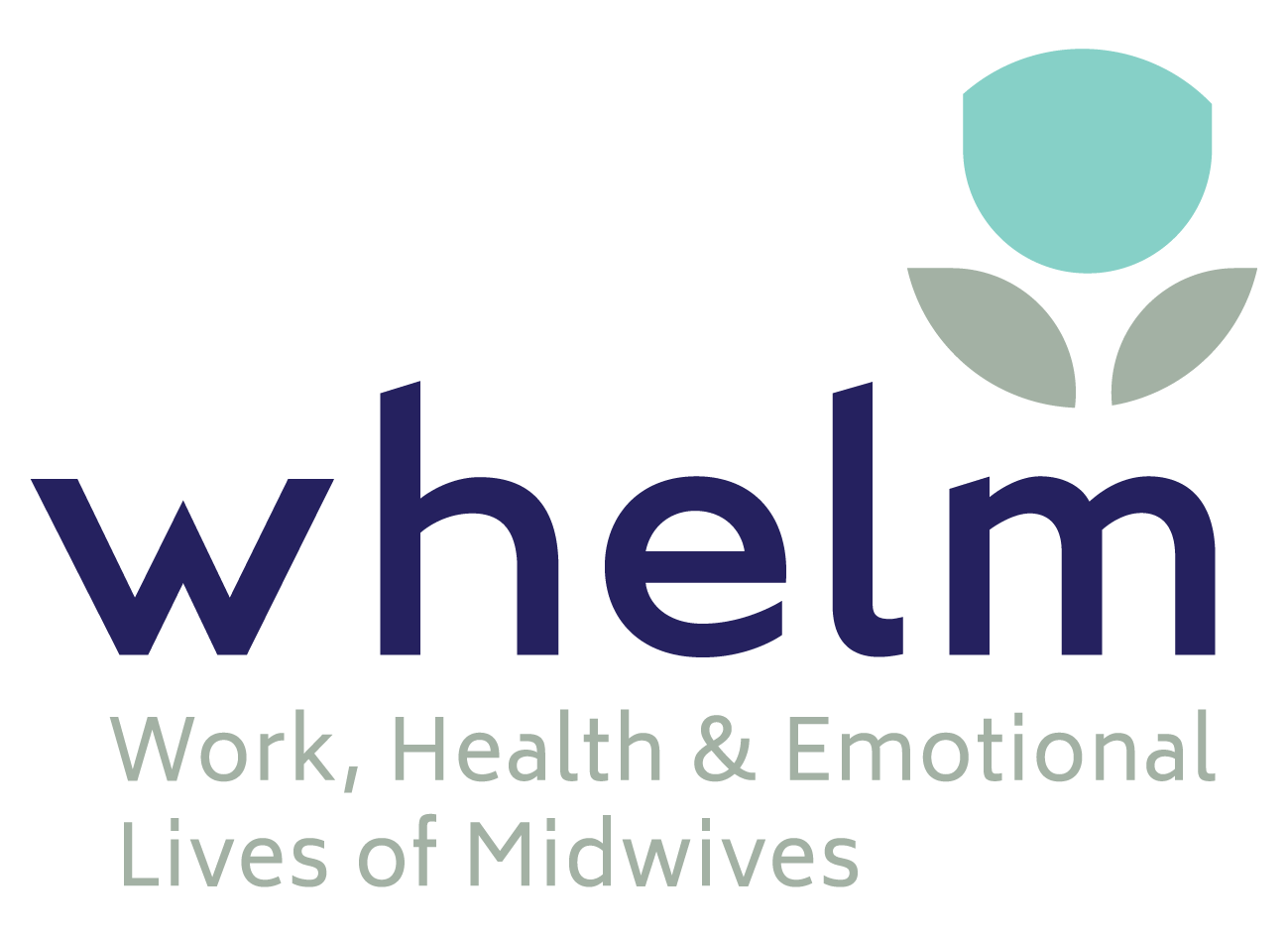How private obstetric care is funded in Australia
In Australia, both public and private hospitals receive activity-based funding for maternity care (1). That means the more complex and resource-intensive the care, the more the hospital gets paid. In the private maternity system there are financial incentives to intervene in normal physiological processes, without a clinical indication (2). Unlike public hospitals, private hospitals receive more money for CS than vaginal birth from private health insurers. Recent figures show the private hospital cost of caesarean birth is approximately $11,500 compared to $8,500 for vaginal birth (3). Publicly employed obstetricians are paid a salary for set hours, which means they are not financially rewarded for intervention (4). Alternatively, private obstetricians are incentivised to provide high-cost interventions because they charge fee-for-service, and their fees are unregulated (4). The cost of in hospital private obstetric care is paid for by Medicare, with women likely paying an out-of-pocket component, and potentially able to claim some or all the out-of-pocket component back through their private health insurer (1).
New research from New South Wales, Australia
Private obstetric care is associated with higher intervention and caesarean section rates (5-7). The dominance of obstetric philosophy in private birth suites impacts the culture of birth and increases women’s exposure to interventions (8, 9). A new article examined the impact of private care on the likelihood of women receiving an unplanned CS (4). Researchers analysed de-identified, routinely collected data from over 280,000 births from low-risk women in NSW, Australia between 2007 and 2012 (4). In this study, 64% of women gave birth in public hospital with public care providers, 7% gave birth with a private obstetrician in a public hospital, and 27% gave birth in a private hospital (4). The team used a framework to examine the differences in private hospital-level and private doctor-level incentives to medically intervene during labour and birth (4). Sensitivity checks and other robust analyses confirmed the results.
Private obstetric care increases the risk of unplanned caesarean
Private hospital birth for low-risk women is associated with a 4.2 percentage point increase in the probability of unplanned CS (4). A percentage point increase means that if the rate of unplanned CS for public hospital birth is 12.2%, that rate increases 4.2 points to 16.4% in a private hospital. For nulliparous women, private hospital care increases their chance of an unplanned caesarean by 7.7 percentage points (4). The effect of a private doctor in a public facility increased the probability of unplanned CS by 2.1 percentage points, compared to a public doctor in public hospital (4). Private hospitals in NSW contributed an extra 3241 CS births (of total 289,288 births) during the study period (4). After addressing likely selection effects (women’s clinical needs or preferences), significant variation in unplanned CS birth rates remained (4).
Implications for maternity care
While caesarean section can be life saving for the mother and newborn, current levels have reached “epidemic” proportions which requires urgent, strategic action (10, 11). The additional cost associated with caesarean birth has implications for women, Medicare and health insurers. Few papers have examined the causal relationship between hospital choice and unplanned CS. We recommend addressing the fee-for-service model that is a driver of escalating levels of CS. An effective strategy is bundled-funding for the woman’s entire episode of care (rather than fee-for-service) (12). The highlighted article suggests hospital-level factors, such as public midwifery-led models of care, and salaried obstetric staff, effectively promote normal birth and reduce iatrogenic complications. Women need to understand the implications of their model of care choice, and have access to alternative models of care (i.e., midwifery continuity of carer) (4).
Highlighted article
Yu, S., Fiebig, D. G., Viney, R., Scarf, V., & Homer, C. (2022). Private provider incentives in health care: The case of caesarean births. Social Science & Medicine, 294, 114729. https://doi.org/10.1016/j.socscimed.2022.114729
Blog written by
Associate Professor Christine Catling & Dr Jyai Allen
References
- Fox H, Topp SM, Callander E, Lindsay D. A review of the impact of financing mechanisms on maternal health care in Australia. BMC Public Health. 2019;19(1):1-14.
- Allin S, Baker M, Isabelle M, Stabile M. Physician Incentives and the Rise in C-sections: Evidence from Canada: National Bureau of Economic Research; 2015.
- Health Do. Hospital Casemix Protocol Annual Report, 2019-2020. Canberra: Commonwealth Government; 2021.
- Yu S, Fiebig DG, Viney R, Scarf V, Homer C. Private provider incentives in health care: The case of caesarean births. Social Science & Medicine. 2022;294:114729.
- Dahlen HG, Tracy S, Tracy M, Bisits A, Brown C, Thornton C. Rates of obstetric intervention and associated perinatal mortality and morbidity among low-risk women giving birth in private and public hospitals in NSW (2000–2008): a linked data population-based cohort study. BMJ open. 2014;4(5):e004551.
- Lutomski JE, Murphy M, Devane D, Meaney S, Greene RA. Private health care coverage and increased risk of obstetric intervention. BMC pregnancy and childbirth. 2014;14(1):1-9.
- Roberts CL, Tracy S, Peat B. Rates for obstetric intervention among private and public patients in Australia: population based descriptive study. Bmj. 2000;321(7254):137-41.
- Cheng YW, Snowden JM, Handler S, Tager IB, Hubbard A, Caughey AB. Clinicians’ practice environment is associated with a higher likelihood of recommending cesarean deliveries. The Journal of Maternal-Fetal & Neonatal Medicine. 2014;27(12):1220-7.
- White VanGompel E, Perez S, Datta A, Wang C, Cape V, Main E. Cesarean overuse and the culture of care. Health services research. 2019;54(2):417-24.
- Lancet T. Stemming the global caesarean section epidemic. 2018. p. 1279.
- Visser GH, Ayres-de-Campos D, Barnea ER, de Bernis L, Di Renzo GC, Vidarte MFE, et al. FIGO position paper: how to stop the caesarean section epidemic. Lancet (London, England). 2018;392(10155):1286-7.
- Meng Z, Zou K, Ding N, Zhu M, Cai Y, Wu H. Cesarean delivery rates, costs and readmission of childbirth in the new cooperative medical scheme after implementation of an episode-based bundled payment (EBP) policy. BMC public health. 2019;19(1):1-10.








